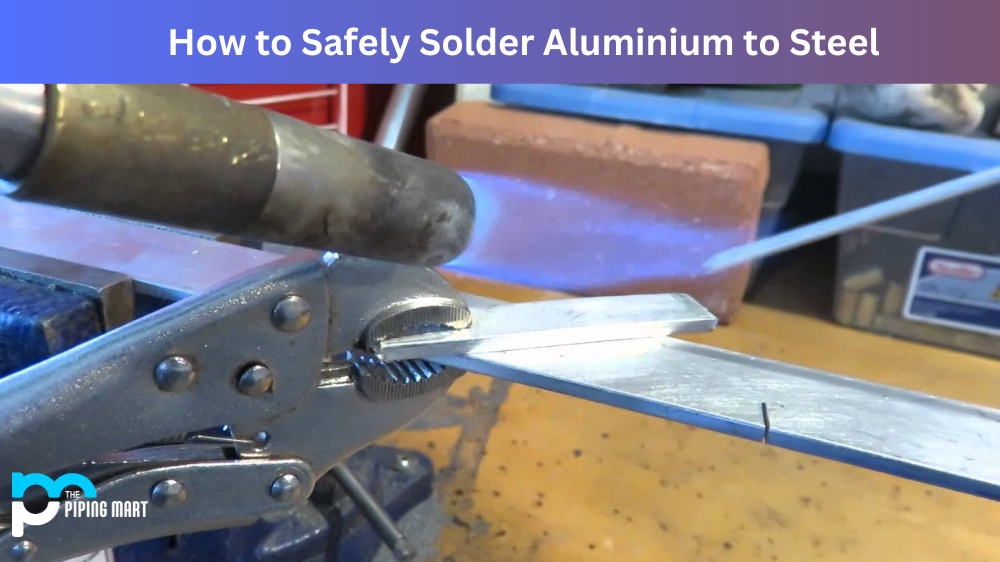When choosing steel for your next project, the type of steel can make all the difference. Two popular options for steel are 5160 and 4140. But how do you know which one is right for your needs? In this guide, we’ll break down the differences between these two steels so you can make an informed decision.
Difference Between 5160 Steel and 4140
Composition
Both 5160 and 4140 are alloy steels, which means they are made from a combination of metals. 5160 is a low-alloy, high-carbon steel, while 4140 is a medium-carbon steel. 5160 contains 0.60-0.70% carbon, while 4140 contains 0.38-0.43% carbon. Additionally, 5160 contains 0.75-1.00% manganese, 0.15-0.30% silicon, and trace amounts of sulphur and phosphorus. On the other hand, 4140 contains 0.80-1.10% chromium, 0.15-0.25% molybdenum, and 0.15-0.30% silicon. The additional chromium and molybdenum content make 4140 more resistant to wear.
Strength
In terms of strength, both 5160 and 4140 are strong steels with excellent toughness. However, 5160 is considered to be stronger than 4140 due to its higher carbon content. This also makes 5160 more difficult to forge and machine than 4140.
Uses
5160 is often used for applications that require high durability and toughness, such as knives, swords, and springs. It is also commonly used in the automotive industry for leaf springs. Meanwhile, 4140 is used for applications that require high strength and resistance to wear and tears, such as gears, shafts, and axles. It is also commonly used for machinery components in the construction and mining industries.
Cost
The cost of both 5160 and 4140 varies depending on the supplier, but generally, 5160 tends to be slightly more expensive than 4140. This is due to its higher carbon content, which makes it more difficult to work with.
Maintenance
Both 5160 and 4140 require proper maintenance to ensure their longevity. 5160 should be kept oiled and stored in a dry place to prevent corrosion, while 4140 should be kept clean and dry to prevent rust.
Conclusion
The choice between 5160 and 4140 ultimately depends on the specific needs of your project. If you require durable and tough steel, 5160 may be the better choice. On the other hand, if you require steel that is resistant to wear and tear, 4140 may be more suitable. Proper maintenance is crucial to ensure longevity regardless of which steel you choose. With this guide, you will better understand the differences between these two popular steels and can make an informed decision.

Abhishek is a seasoned blogger and industry expert, sharing his insights and knowledge on various topics. With his research, Abhishek offers valuable insights and tips for professionals and enthusiasts. Follow him for expert advice on the latest trends and developments in the metal industry.




